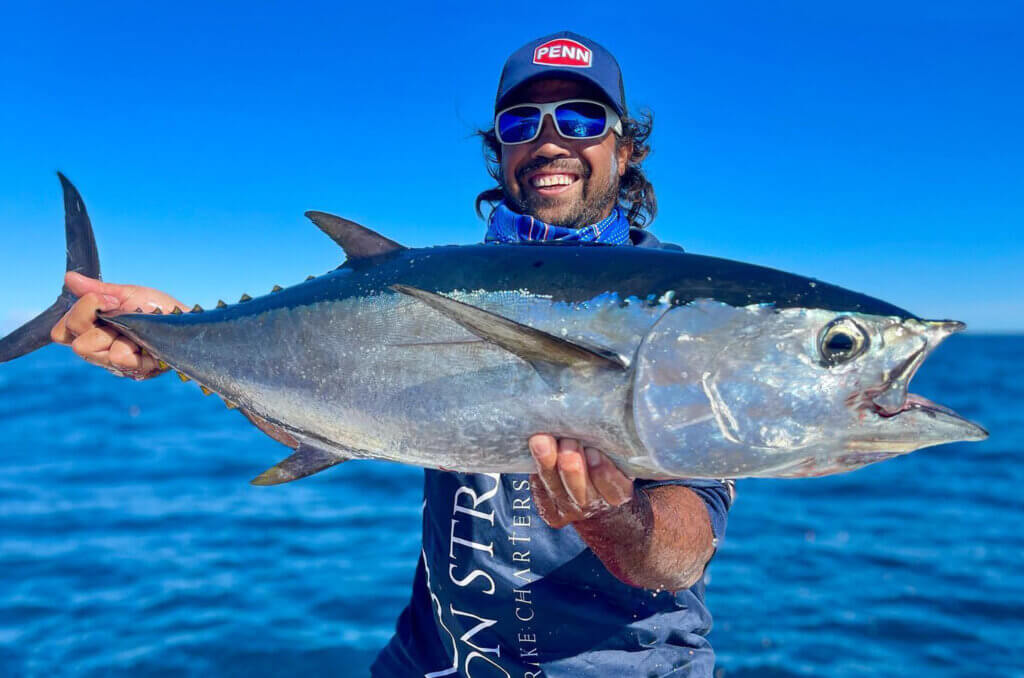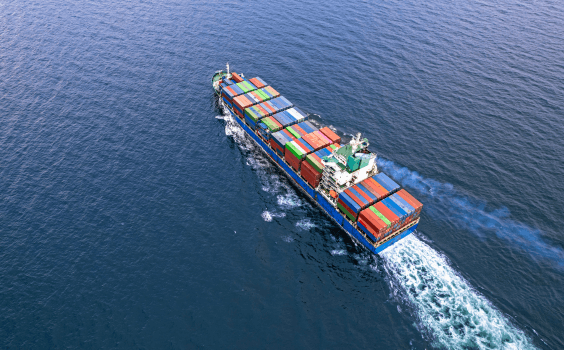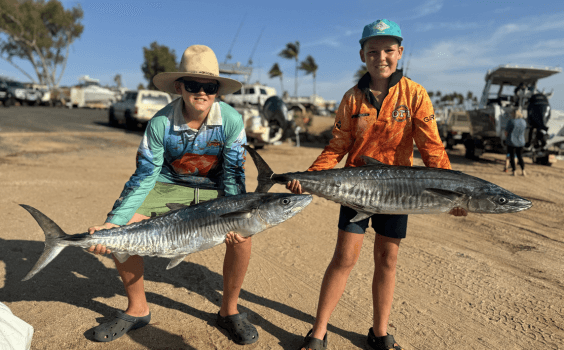Longtail tuna are a staple of WA fishing, writes Western Angler editor Scott Coghlan in this week’s edition of Scott’s Species. Also known as northern bluefin tuna, they are found from Geographe Bay north and can grow to around 30kg, although most of the fish encountered in WA will be no more than half that maximum size.
Species: Longtail tuna, Thunnus tongol
Eating: Three stars
ID: Extended, slender body.
While they are an offshore species they will enter shallow water when chasing bait, especially garfish.
At times schools of them will be seen chasing bait right up against the shore, especially in Exmouth Gulf when they are hunting gardies.
It is a spectacular scene when you see longtails bailing up bait in such shallow water, looking like dozens of depth charges going off.
I can recall seeing them doing exactly that in a small bay at Airlie Island, in the Mackerel Islands off Onslow on afternoon.
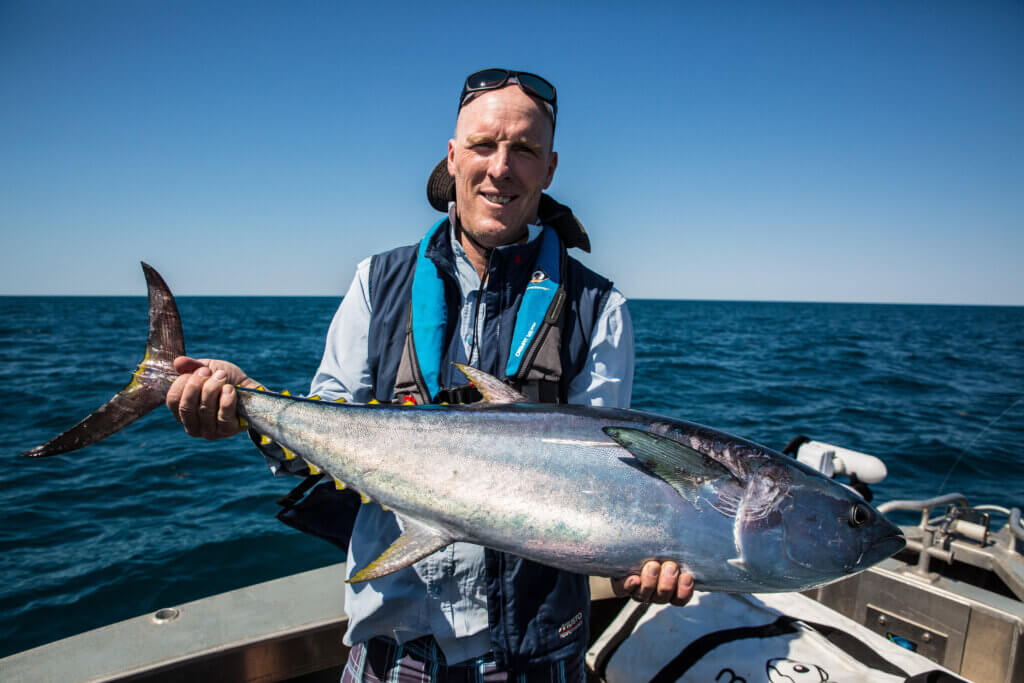
We have also had them come through while fishing shallow sand flats around the Mackerels, and a solid longtail hooked on light gear in that environment makes for a serious battle.
For their size, longtails are very fast and powerful and possess great stamina.
When fly fishing near Thevenard Island a few years ago I was having a ball on a school of mack tuna. Then I hooked a fish which took a heck of a lot longer to subdue.
When it got closer to the boat I realised it was actually a longtail.
Like most tuna, longtails can be fussy and sometimes you need to match the hatch, particularly when they are focused on very small baits.
However, often times longtails aren’t as discriminating at some other tuna species and will taken anything thrown in their direction, including quite large lures.
Unexpected longtail action is a regular part of lure casting in the northern half of the State and there have been many times I have been surprised by a longtail while fishing for other species.
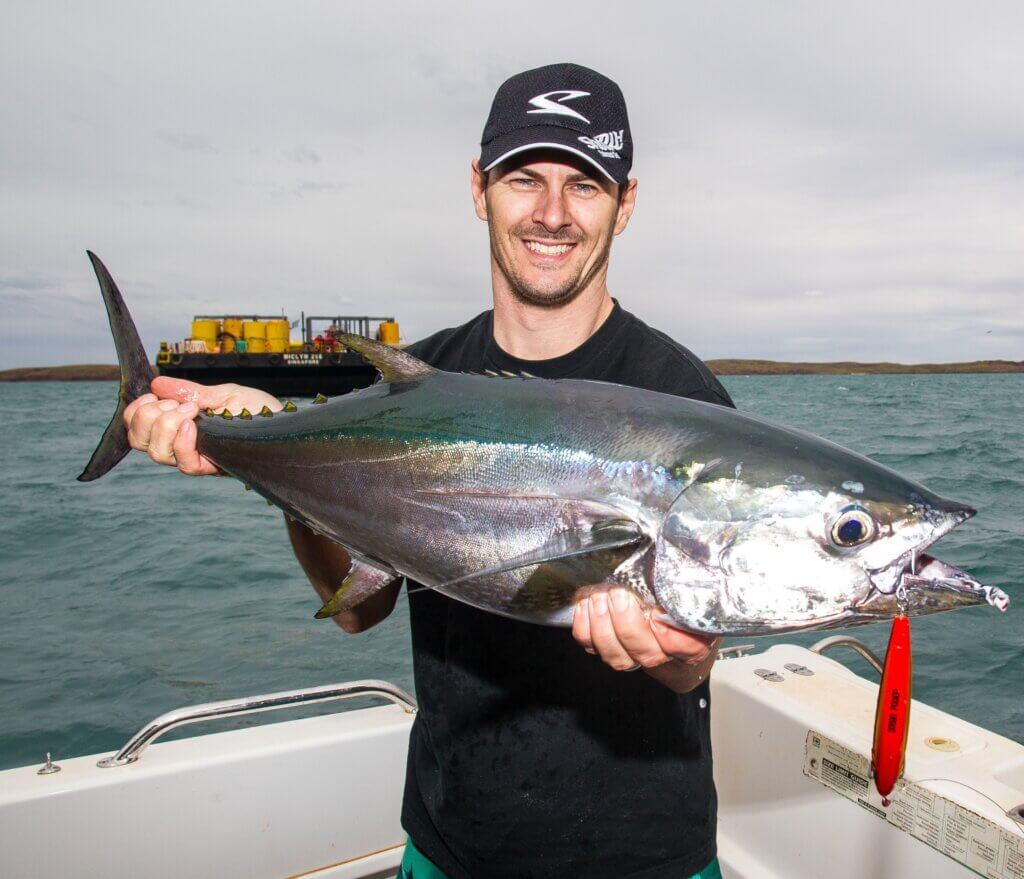
One of the most memorable was at Wilderness Island, on the east side of Exmouth Gulf.
We had just launched kayaks to fish around the nearby islands, having seen tuna working not far offshore while we scoffed down breakfast.
I dropped a bibbed minnow behind me to paddle south and had only gone 50m or so when the reel started screaming in just over 1m of water.
I was hoping for a golden trevally, but the speed of this fish had me thinking tuna and it turned out to be a solid longtail that took some serious stopping in the shallow water, with a string of brutally powerful runs.
The best way to target longtails is to look for working schools of fish from Kalbarri north, with active birds a sure sign the tuna are about.
Exmouth Gulf is renowned for its big schools of longtails. When they are really big schools they seem to ignore approaching and nearby boats, and will continue to feed.
However, as the schools get smaller they get flightier and it can become a fruitless and frustrating task chasing tuna that are almost within casting distance only to disappear, and then reappear 100m further away.
The best way to approach smaller schools is from upwind, perhaps cutting the motor when you get close, and allowing the boat to drift onto them.
Or deploy an electric motor and use it to get close to the fish. A lure that can be cast a good distance is very useful, such as metal slugs, slices and Halco Twistys.
It pays to carry a range of sizes to match the hatch and the faster the retrieve the better usually.
I have also caught them on poppers, stickbaits and bibbed minnows – as I mentioned earlier they aren’t always fussy.
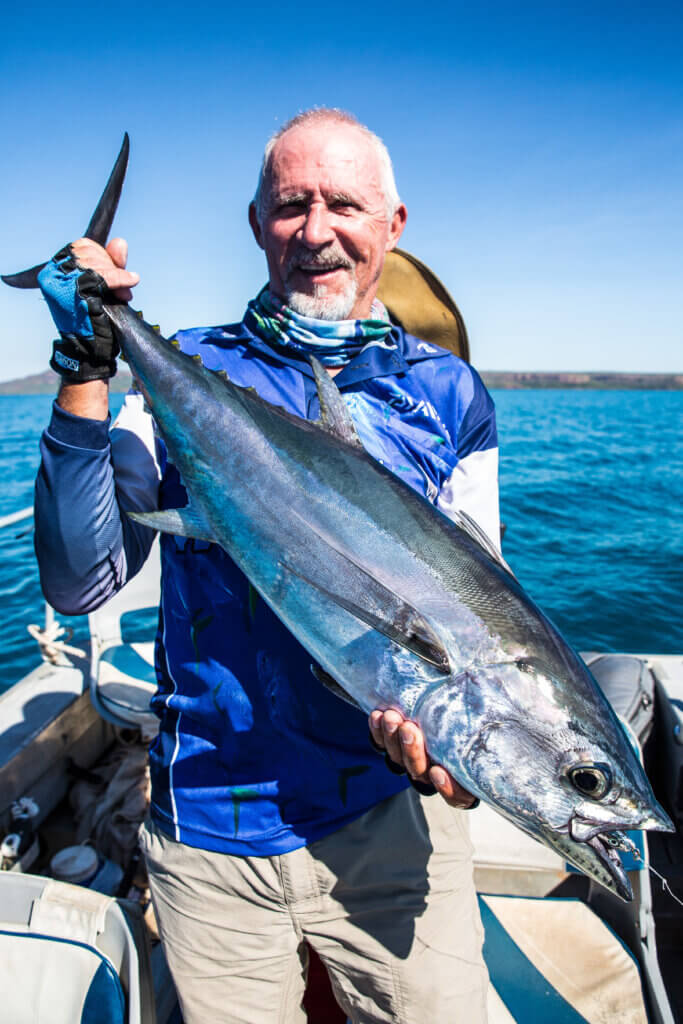
Longtails can be caught from shore, I have even seen pictures of fish caught from jetties in Cockburn Sound.
They are often hooked by anglers fishing for mackerel at spots like Steep Point and Quobba, either on spin or ballooning gear.
In summer they are known to ride the Leeuwin Current south and will often be caught in metro waters, usually in good sizes.
Heavy gear is not needed to be able to tame longtails, but you need to have a reel capable of holding enough line for their long runs.
Anything around 6kg-14kg will get the job done with some patience.
Don’t use wire when chasing longtails as they have exceptional eyesight and will usually shy away from it.
A length of fluorocarbon should be used when fishing with braid.
Longtails can be hard to finish off at the boat, as they have that tuna habit of lugging around on their side when they are straight below. Longtails are decent eating and make good sashimi.
